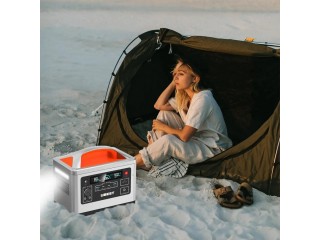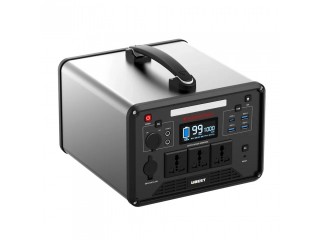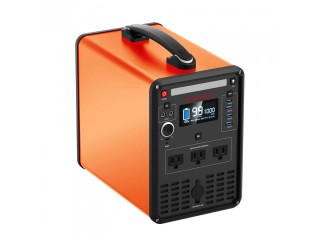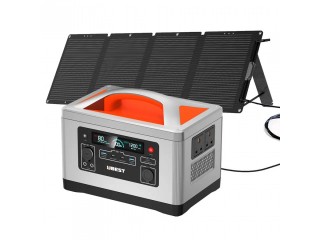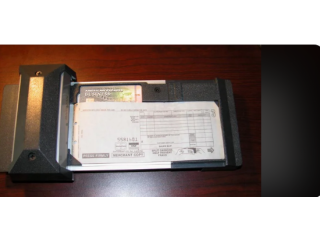Alumina (Aluminium Oxide) - The Different Types of Commercially Available Grades Private
1 year ago - Multimedia - Baltimore - 93 viewsVery large tonnages are also used in the manufacture of monolithic and brick refractories. It is also mixed with other materials such as flake graphite for other, more difficult applications are envisaged, such as pouring spouts and sliding gate valves.
Key Properties
Aluminium Oxides key properties are shown below.
High compression strength
High hardness
Resistant to abrasion
Resistant to chemical attack by a wide range of chemicals even at elevated temperatures
High thermal conductivity
Resistant to thermal shock
Annual Production
Annual production of aluminum oxide is 45 million tonnes. 90% of this is used in the manufacture of aluminium metal by electrolysis.
Where Does Alumina Come From?
Most of the aluminium oxide produced commercially is obtained by the calcination of aluminium hydroxide (frequently termed alumina trihydrate or ATH). The aluminium hydroxide is virtually all made by the Bayer Process. This involves the digestion of bauxite in caustic soda and the subsequent precipitation of aluminium hydroxide by the addition of fine seed crystals of aluminium hydroxide.
Phases
Aluminium oxide exists in many forms, α, χ, η, δ, κ, θ, γ, ρ; these arise during the heat treatment of aluminium hydroxide or aluminium oxy hydroxide. The most thermodynamically stable form is α-aluminium oxide.
Commercial Grades
Low Soda
Many applications, particularly in the electrical/electronic areas, require a low level of soda to be present in the aluminum oxide. A low soda alumina is generally defined as with a soda content of <0.1% by weight. This can be manufactured by many different routes including acid washing, chlorine addition, boron addition, and utilisation of soda adsorbing compounds.
Fused
White Fused Alumina is made in electric arc furnaces by passing a current between vertical carbon electrodes. The heat generated melts the alumina. The furnace consists of a water cooled steel shell and 3-20 tonne batches of material are fused at any one time. The fused alumina has a high density, low porosity, low permeability and high refractoriness. As a result of these characteristics, it is used in the manufacture of abrasives and refractories.



